Call for volunteers

7-10 h/ week
EU/Europe
Remote
Start March 2025
I am interested in
Liaison Officers positions
While committed to specific and diverse tasks within their thematic portfolios, the volunteer liaison officers would effectively make a team - the Advocacy Working Group - intended to support and contribute to YEE advocacy efforts.
Regional Contact Persons positions
The role of the Regional Contact Persons is to connect and develop communities of YEE’s member organisations on the regional level and work together to strengthen the connections of young people through YEE.
Contents
Share This Opportunity
Have questions?
For any questions regarding the selection process, contact yee@yeenet.eu
Application deadline:
23rd February 2025
YEE’s Advocacy Working Group is looking for 10 motivated volunteers to join the team!
About YEE Advocacy Working Group
The Advocacy Working Group (AWG) is a leadership program intended to equip volunteers with the necessary skills, knowledge, and mentorship to effectively advocate for environmental concerns during their tenure with YEE, and beyond. Volunteers are being mentored and engaging in peer-to-peer learning; while supporting the Advocacy Team in shaping YEE’s external advocacy positions.
YEE’s overall advocacy engagement aims to:
- Empower young people to raise awareness and advocate for environmental and climate issues.
- Equip young people and youth movements with an environmental and climate justice understanding.
- Enable young people to access and influence environmental EU, European and international negotiation processes.
- Connect young people across Europe and beyond to form a unified voice in environmental and climate advocacy.
About Liason Officers (LOs)
The Liaison Officer (LO) is a volunteer position of one year term (March 2025 – March 2026).
All liaison volunteers will report to and be supported by the YEE advocacy team (Advocacy Volunteer Coordinator, Advocacy Manager and Project Leads) and the YEE Youth Scientific Advisory Board.
While committed to specific and diverse tasks within their thematic portfolios, the volunteer liaison officers would effectively make a team – the Advocacy Working Group – intended to support and contribute to YEE advocacy efforts.
Moreover, each LO will form a small sub-team with the YEE Youth Scientific Advisory Board Task Force working on their topic.
The average commitment of the position is between 7-10 hours a week, including meetings every two weeks with the YEE Scientific Advisory Board, Regional Contact Persons, External Relations Officer, Advocacy Volunteer Coordinator, Advocacy Manager and Project Leads.
What you will gain:
This volunteer position offers valuable insights into working for a large European network of youth-led environmental NGOs, as well as in-depth knowledge of relevant organisations and institutions.
Some of the tasks expected include strengthening communication and advocacy with our partner organisations as well as creating new initiatives and campaigns.
It also provides access to a network of young green activists and professionals and helps develop transferable skills such as time management, organisation, and communication, which can boost your CV.
LOs positions available
The Biodiversity Team is active in EU advocacy, international advocacy (CBD) and advocacy in the context of the Bern Convention (Council of Europe). The Liaison Officers on Biodiversity will work closely with the YSAB members and Alex, Biodiversity Coordinator.
The aim of the portfolio is threefold:
- Education: the primary aim of our biodiversity portfolio is to raise awareness among youth about biodiversity-related issues. We want to educate young people on topics that are often misunderstood or challenging to access, focusing on current affairs, policy and science.
- Advocacy: we strive to amplify the voice of youth in advocating for policies and laws that positively impact biodiversity and preserve it for future generations.
- Representation: our commitment extends to active participation in various stakeholder meetings to ensure that young perspectives are represented and heard. We believe that youth representation in decision making is of utmost importance for inclusive democratic processes and safeguard intergenerational equity.
The Liaison Officers will support in the implementation of the portfolio activities. Examples of these activities will include:
- 🟢 Participate in weekly calls with Alex and the YSAB Task Force.
- 🟢 Support in the organisation of 3 non-formal education workshops for youth participation in Nature Restoration Plans.
- 🟢 Support in the youth campaign on coexistence with Large Carnivores.
- 🟢 Liaise with other European youth environmental organisations with which we collaborate in the context of the Nature Restoration Law/Plans.
The Liaison Officer on Environmental Law will work closely with the Environmental Law Team – Emma, Alex and Sara. Our team advocates in the context of EU laws – National Energy and Climate Plans and the EU Climate Law, the Aarhus Convention and the Council of Europe.
The Liaison Officer will support in the implementation of the activities related to the Legal Seeds project.
Examples of these activities will include:
- 🟢 Support in the implementation of the “Race to 2040” campaign, related to the EU Climate Law.
- 🟢 Liaise with other youth organisations working on environmental law matters at EU level.
- 🟢 Support the advocacy in the context of the Aarhus Convention, with an emphasis on youth public participation.
- 🟢 Support in organising interviews with environmental defenders.
This new portfolio will bring YEE to work more directly on the relation between climate, health, and ecosystems.
The Liaison Officers will work closely with the Youth Advisory Scientific Board (YSAB) members and the Advocacy Volunteer Coordinator.
To address planetary health risks, the goals of this portfolio will align with the broader One Health framework:
- Advocacy: build a solid youth voice in advocating for reducing environmental pollutants, enhancing ecosystem resilience and strengthening public health systems.
- Raise public awareness: promote education and behavior change through related campaigns and environmental stewardship.
Our focus will be on:
- Supporting regulatory advancements to address emerging environmental health risks, such as those outlined in the Water Framework Directive and REACH Regulation.
- Advocating for stronger global agreements, such as the WHO’s One Health agenda and the UN’s Plastic Pollution Treaty, to mitigate cross-border environmental health risks.
The Liaison Officers will work with the YSAB Task Force on the implementation of the activities. These activities will include:
- 🟢 Join health-related working groups: actively participate in health-focused working groups within existing networks YEE is already a member of and map additional relevant networks to explore potential collaborations and synergies.
- 🟢 Support policy advocacy: identify opportunities to provide technical input and youth perspectives to strengthen environmental health policies at national, regional, and global levels.
- 🟢 Advance regulatory updates: advocate for and support the acceleration of amendments to key EU frameworks, such as the Water Framework Directive and REACH Regulation, to address emerging pollutants and environmental health risks.
- 🟢 Engage communities and youth: mobilise youth and local leaders (especially from, but not limited to, our members) through education, restoration activities, and citizen science initiatives to drive grassroots action and awareness, emphasizing the connections between environmental health and planetary health.
- 🟢 Build capacity through training and campaigns: organise workshops, training sessions, and awareness campaigns to highlight the connections between climate, health, and ecosystems, fostering knowledge and action at all levels.
This new portfolio will bring YEE to work more directly on the relation between agriculture, food production and ecosystems.
The Liaison Officers will work closely with the Youth Advisory Scientific Board (YSAB) members and the Advocacy Volunteer Coordinator.
The aims of the portfolio are:
- Advocacy
- engage with policymakers: facilitate dialogue between youth representatives and policymakers by co-organising youth-led panels, workshops, and side events at international level (e.g., COPs, GFFA, EU forums, World Food Forum).
- advocate for CAP reforms, stronger alignment of agricultural policies with biodiversity, climate, and socio-economic objectives, and youth-inclusive policies through articles, position briefs, social media campaigns, and strategic partnerships with like-minded organizations.
- Youth empowerment: collaborate with existing youth networks to amplify voices and share best practices.
- Farmer-consumer partnerships: launch local campaigns to encourage young people to support community-supported agriculture (CSA) initiatives and local markets.
- Education and communication:
- organise workshops and awareness-raising publications, materials on regenerative agriculture, food waste management, and sustainable diets for youth and local communities.
- use social media platforms to run awareness campaigns targeting young Europeans on sustainable food systems and healthy diets.
- create content (e.g., videos, infographics) to explain complex policies, funding opportunities, and practical solutions in an engaging way.
- co-develop online guides to educate young farmers and aspiring entrepreneurs on digital tools and innovative solutions for regenerative farming.
The Liaison Officers will work with the YSAB in implementing the activities, which will include:
- 🟢 Become members and follow the work of bigger network organisations.
- 🟢 Organise a roundtable discussion on Biodiversity and Agriculture.
- 🟢 Conducting research and publishing an article on how the Nature Restoration Law affects agricultural production and farmers’ income. The article will aim to provide information and recommendations to policymakers, farmers, and youth advocates, ensuring synergy with the biodiversity group’s work on the NRL.
- 🟢 Organise an online consultation session with rural youth to understand their concerns about the green transition.
- 🟢 Collaborate with youth organizations and NGOs and produce a joint report highlighting European youth voices, concerns and demands to policymakers regarding the future of agriculture.
The Liaison Officers on Just Transition and Resource Justice will continue our work in Just Transition, while bringing YEE to work more on Resource Justice.
The Liaison Officers will work closely with the Youth Advisory Scientific Board (YSAB) members, the Advocacy Volunteer Coordinator and the Advocacy Manager.
The aim of this working group is to build a youth advocacy community working on overconsumption and resource justice.
The aim is to:
- Just Transition
- Support the Just Transition Platform Working Groups by engaging with key stakeholders and youth organizations to ensure youth perspectives are integrated into discussions on coal phase-out, green jobs, and social justice.
- Collaborate with European institutions and CSOs to advocate for stronger just transition policies prioritising stakeholder engagement, equal opportunities and environmental sustainability.
- Provide capacity-building opportunities for young people by organizing knowledge-sharing sessions on best practices for implementing just transition strategies.
- Contribute to policy monitoring and analysis to track the progress of Just Transition initiatives at the EU level.
- Develop communication materials (briefs, infographics, articles) to simplify and disseminate complex just transition policies to young audiences.
- Develop resources, such as helping create toolkits and materials to support advocacy and awareness on Just Transition.
- Resource Justice
- Join efforts with other NGOs to advocate for the European Commission to start a legislative proposal on a directive on Sustainable Resource Management.
- Build capacity among YEE member organisations through organising workshops where to discuss the unsustainable use of environmental resources, and raise awareness about possible solutions to this problem.
The Liaison Officers will work with the YSAB members to implement the activities, which will include:
- Just Transition
- 🟢 Develop reports and recommendations on best practices in just transition across different regions in Europe.
- 🟢 Raise awareness by writing articles and social media content on the importance of just transition.
- 🟢 Organise online and onsite capacity-building sessions on just transition for the YEE team and member organisations.
- Resource Justice
- 🟢 Advocacy
- Join already existing coalitions
- Organise meetings with policymakers
- Write and disseminate position papers
- 🟢 Awareness raising
- Write one to three articles on the topic of resource justice, beyond growth and overconsumption
- Write small summaries from main policy developments happening at the EU and UN levels.
- 🟢 Capacity building
- Organise one online workshop part of the YEE addressed to youth leaders, focusing on resource justice, overconsumption and beyond growth.
- Organise one onsite workshop for YEE member organisations to deliver during the General Assemblies.
- Organise three online regional workshops for YEE MOs to introduce them to the topic.
- 🟢 Advocacy
The Liaison Officer on Climate Justice will support the work of the Global Dialogues for Climate Justice project and the team advocacy work towards COP30.
The Liaison Officer will work closely with the Youth Advisory Scientific Board (YSAB) members in developing content material related to climate justice topics – integrating the concept of climate justice into mitigation, adaptation and loss and damage. The LO will be supported by the Advocacy Volunteer Coordinator and the Global Dialogues for Climate Justice Lead.
The work on climate justice for 2025 will particularly focus on COP30, however the LO will map other relevant international fora as well.
The activities will include:
- 🟢 Support in the creation of advocacy position papers towards COP30
- 🟢 Support the Global Dialogues for Climate Justice Lead in the creation of training materials for the project – presentations, toolkits, articles…
- 🟢 Support the YSAB in researching climate justice, mitigation, adaptation and loss and damage
- 🟢 Help the YEE team to liaise with European and international youth organisations working on climate justice
- 🟢 Support the YSAB in identifying youth groups particularly affected by climate change in Europe
- 🟢 Identify international negotiation processes where YEE shall advocate for climate justice
YEE’s Membership Team is looking for 4 passionate volunteers to join the team!
About YEE Membership Team
The Regional Contact Persons (RCPs) are an integral part of YEE’s Membership team, which actively works on engagement and collaboration with our members, and to expand our network and reach in the different regions of Europe. As an RCP, you will play a key role in strengthening YEE’s network by building meaningful relationships with Member Organisations (MOs), supporting their work, and encouraging collaboration across regions. This is a great opportunity to gain leadership experience, develop valuable skills in facilitation and networking, and contribute to youth-led environmental action on a larger scale.
About Regional Contact Persons (RCPs)
The RCP mandate is a volunteer position of a one-year term (March 2025 – March 2026).
All RCPs will report to and be supported by the Membership team (Membership Coordinator, Member Organisations Officer, Secretary General), and also be in contact with the rest of the YEE volunteers.
The role of the RCPs is to connect and develop communities of YEE’s member organisations on the regional level and work together to strengthen the connections of young people through YEE.
They act as the point of contact between YEE and the member organisations in their region, hosting meetings for the representatives of the member organisations, and linking them with any relevant projects and opportunities from YEE. They also work to strengthen YEE’s presence in and knowledge of their region, contributing with invaluable information for our expanding network.
The average commitment of the position is between 4-7 hours a week, including bi-weekly meetings with the Membership Team, and bi-weekly meetings with other YEE volunteers, including the YEE Scientific Advisory Board, Liaison Officers, and relevant staff. These meetings will occur on alternating weeks, so you can expect at least one meeting weekly.
What you will gain:
This volunteer position offers valuable insights into working for a large European network of youth-led environmental NGOs, as well as in-depth knowledge of relevant organisations and institutions in your region.
It also provides access to a network of young green activists and professionals and helps develop transferable skills such as time management, organization, and communication, which can boost your CV.
RCPs positions available
We are looking for three volunteers to join us in the mandate of RCP for the East, North, South and West regions*.
Your tasks will include:
- 🟢 Collaborating closely with the membership team to plan, enhance and implement our member engagement strategy;
- 🟢 Organising and chairing online members’ meetings on topics of interest;
- 🟢 Staying updated on the member organisations in your region and give regular updates to relevant staff;
- 🟢 Write articles about our members and topics they work on;
- 🟢 Be a part of the Membership Committee and assess incoming applications to our network;
- 🟢 Co-organise and host open meetings for organisations interested in joining YEE;
- 🟢 Reaching out to and enhancing collaboration with youth movements in your region;
- 🟢 Stimulating and supporting member engagement in YEE activities and projects.
*YEE’s regional division of Europe is based on the UN geoscheme of Europe, but also including the Caucasus. The regions are consequently defined as follows:
East Region: Armenia, Azerbaijan, Belarus, Bulgaria, Czechia, Georgia, Hungary, Poland, Republic of Moldova, Romania, Russian Federation, Slovakia, Ukraine.
North Region: Åland Islands, Denmark, Estonia, Faroe Islands, Finland, Iceland, Ireland, Isle of Man, Latvia, Lithuania, Norway, Svalbard and Jan Mayen Islands, Sweden, United Kingdom of Great Britain and Northern Ireland.
South Region: Albania, Andorra, Bosnia and Herzegovina, Croatia, Cyprus, Gibraltar, Greece, Holy See, Italy, Malta, Montenegro, North Macedonia, Portugal, San Marino, Serbia, Slovenia, Spain, Türkiye.
West Region: Austria, Belgium, France, Germany, Liechtenstein, Luxembourg, Monaco, the Netherlands, Switzerland.
Requirements
-
be between 18 and 35 years old -
reside in Europe in 2025 -
have strong written and verbal communication skills and a good level of English -
have basic computer skills (Microsoft Office, Google Drive) -
be available around 4-10 hours per week (depending on postion) -
be aligned with YEE's core values and mission
-
have a strong interest in advocacy and promoting sustainable policy and green goals -
be passionate about helping strengthen the voice of youth in European decision-making -
have a good team spirit and be able to be part of a brand-new team -
be organised and meet deadlines -
be willing to extend your leadership and communications skills -
RCPs specific requirement: live in the region they are applying to become an RCP for (however, nationality doesn't matter)
Equal Opportunity
YEE is committed to diversity and inclusion and strongly encourages applications from individuals of all backgrounds, including those from underrepresented groups.
Selection Process
Interested candidates should submit the application form by 23rd February 2025 to be considered for the position. Selected candidates will be asked for a remote interview.
For any questions regarding the selection process, contact yee@yeenet.eu.









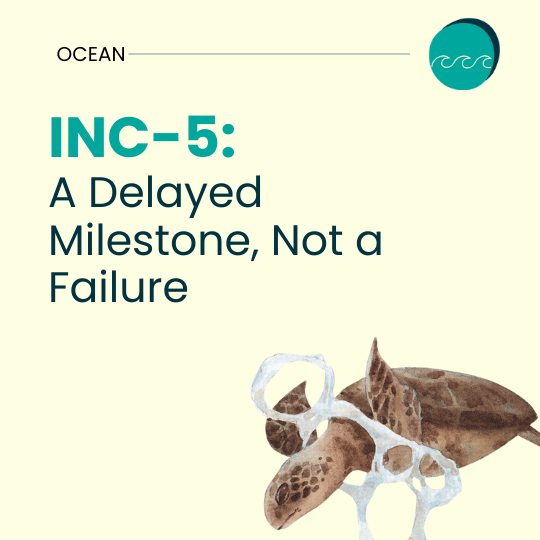
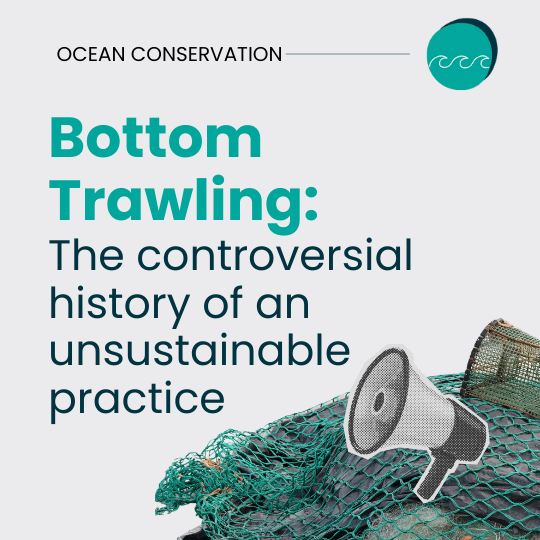

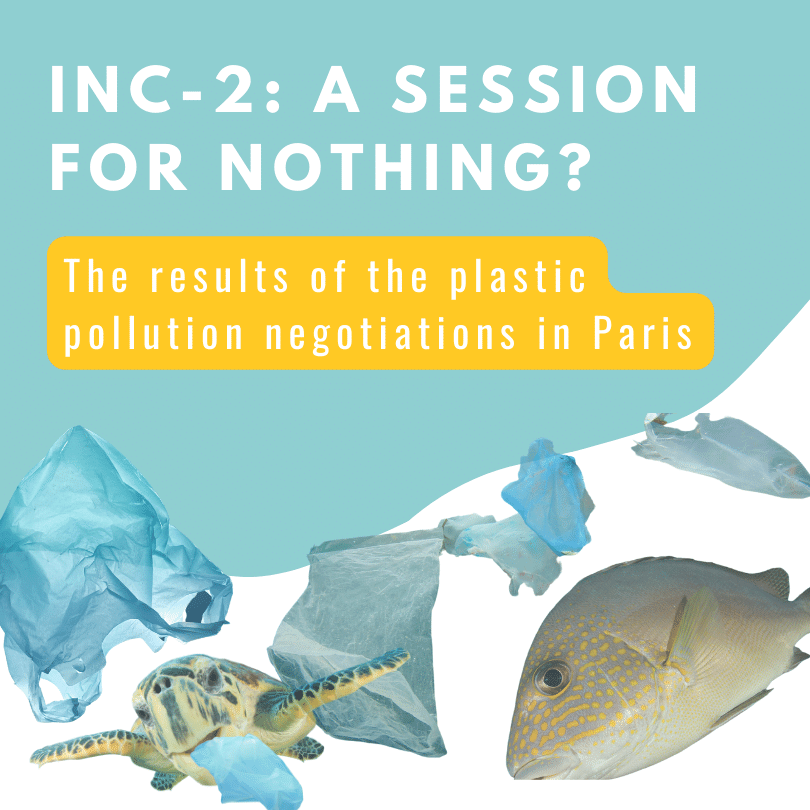
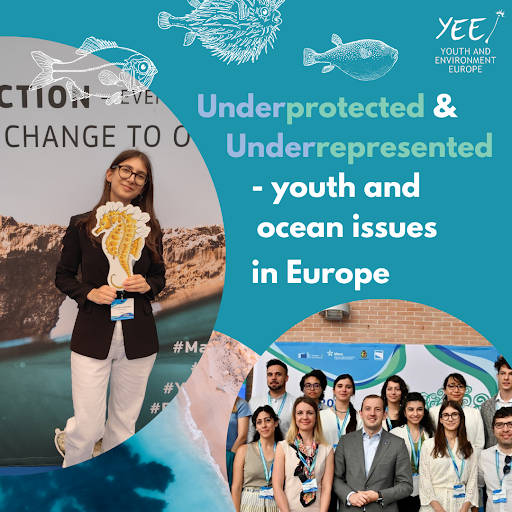





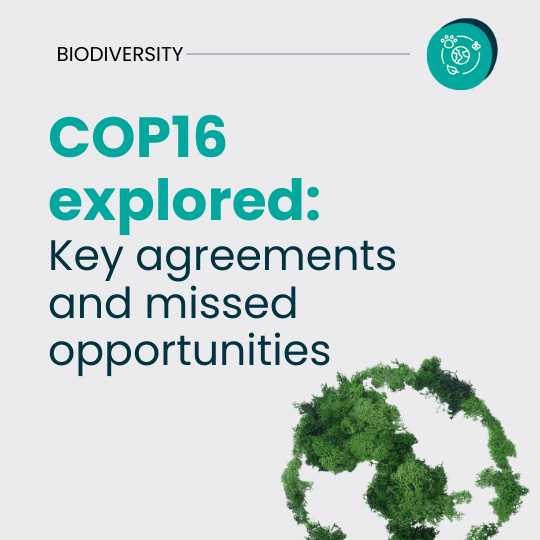
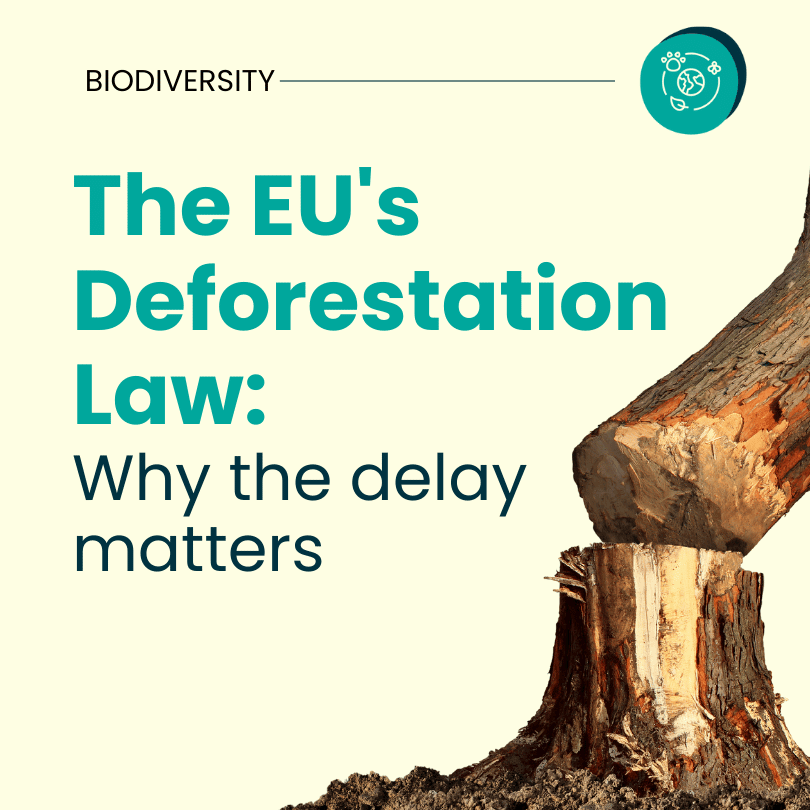
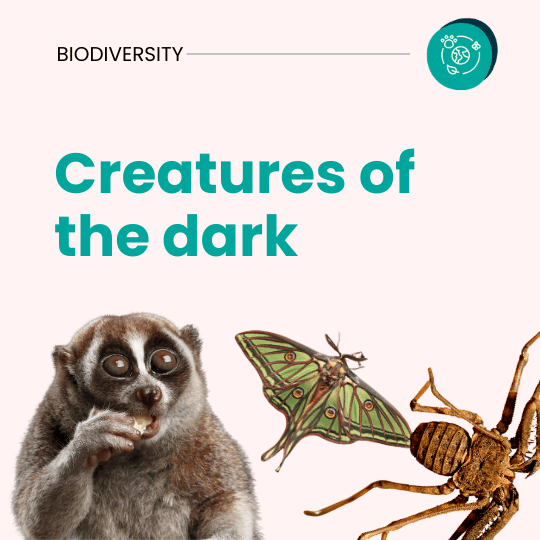
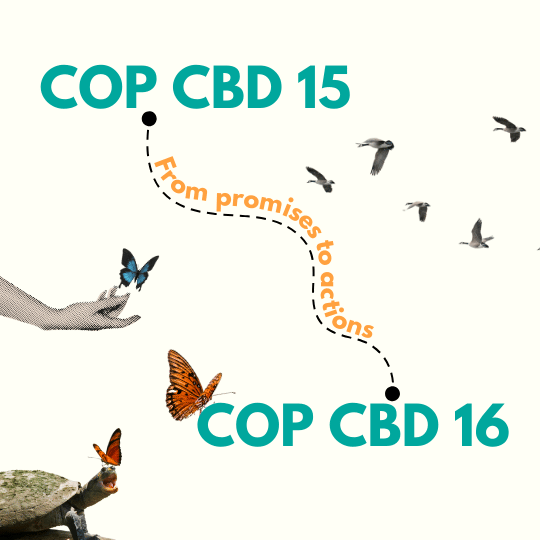
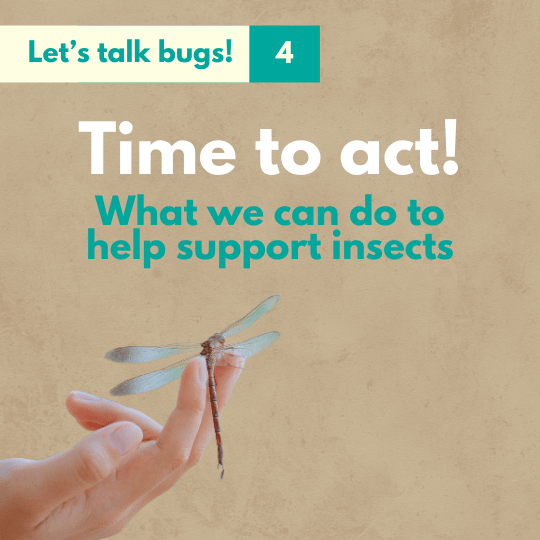
 YEE aims to unite environmental youth non-profit organisations in Europe in order to enhance international cooperation, increase knowledge about the climate crisis, raise awareness of environmental problems and to strengthen participation of youth in environmental decision-making.
YEE aims to unite environmental youth non-profit organisations in Europe in order to enhance international cooperation, increase knowledge about the climate crisis, raise awareness of environmental problems and to strengthen participation of youth in environmental decision-making.

